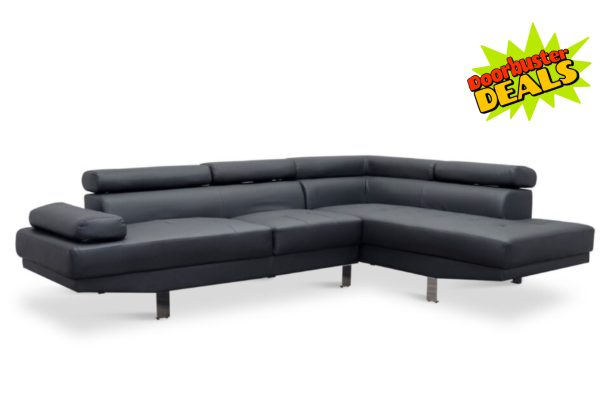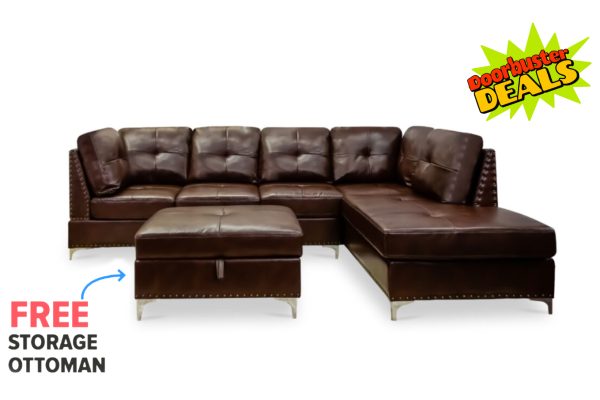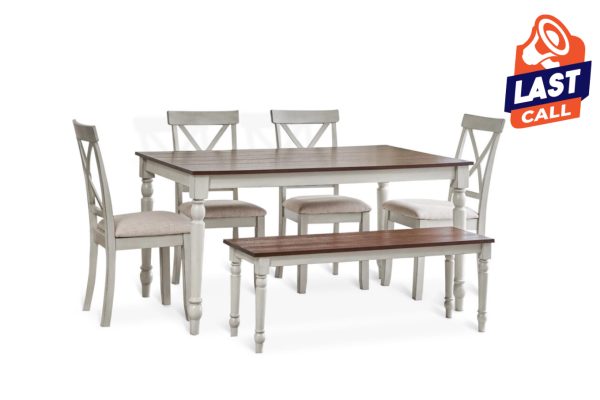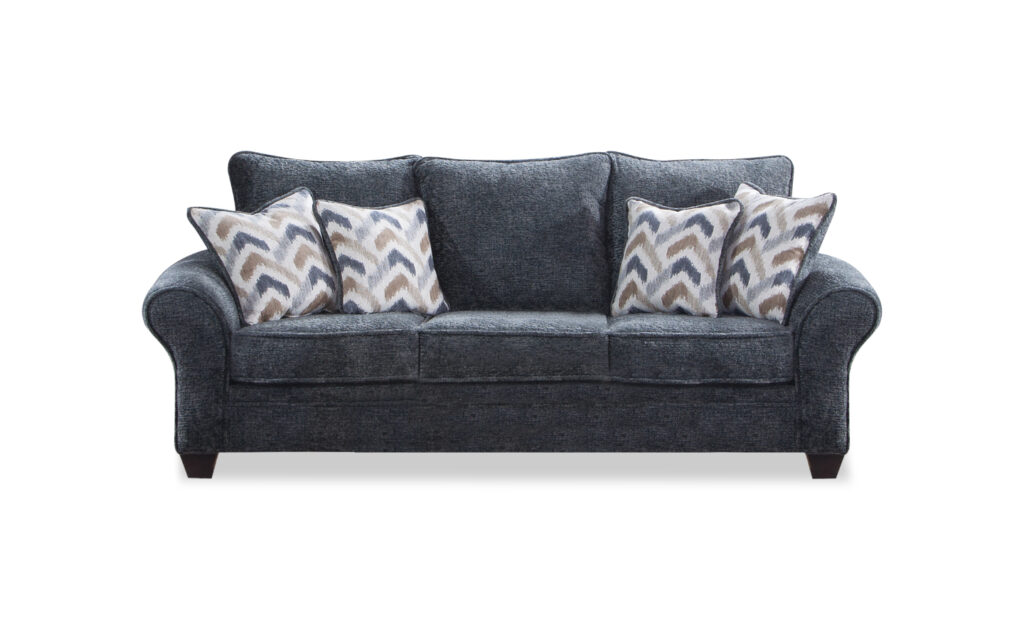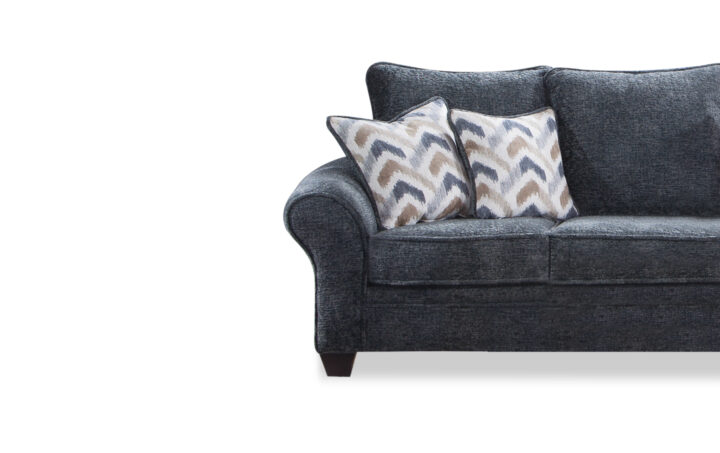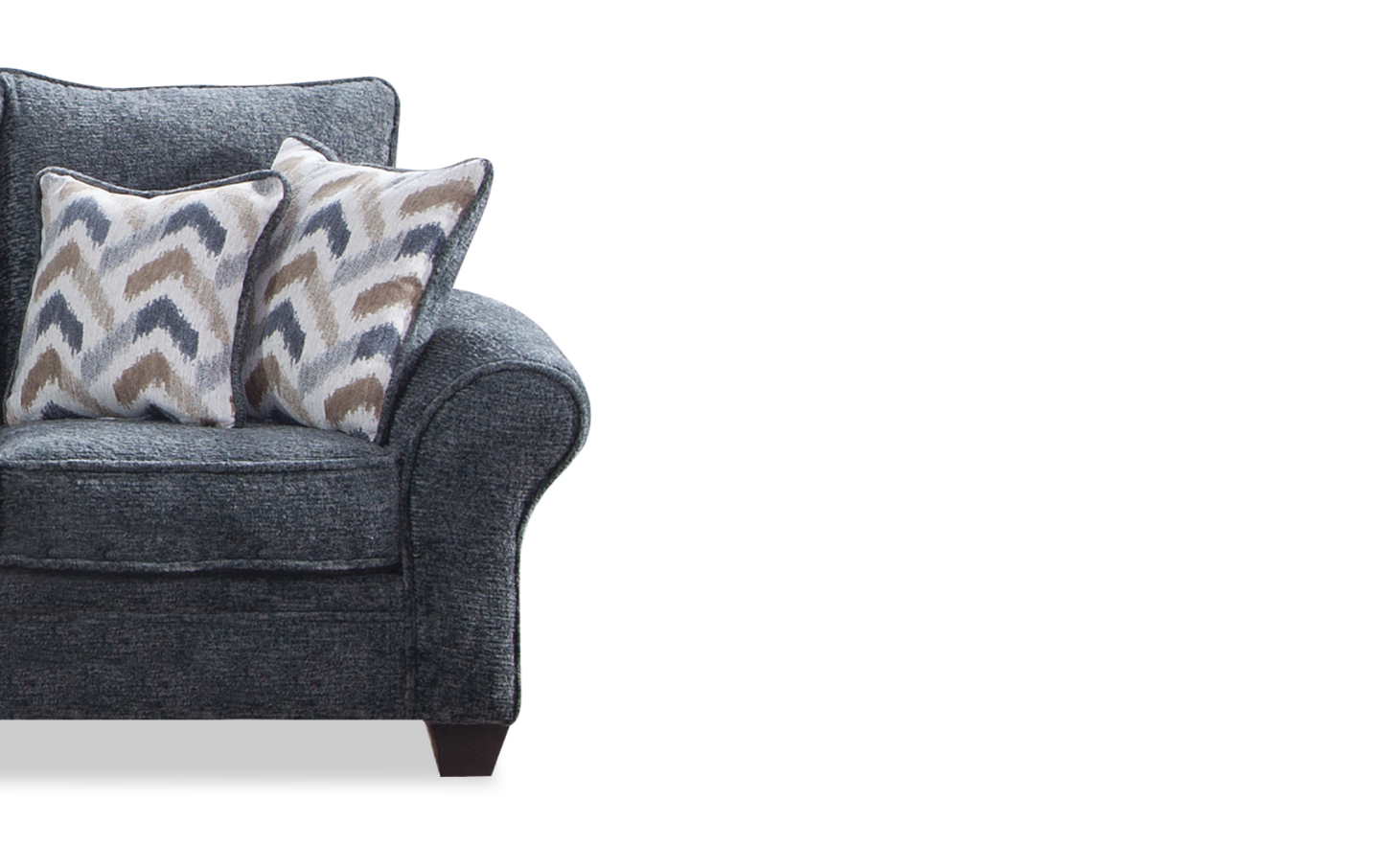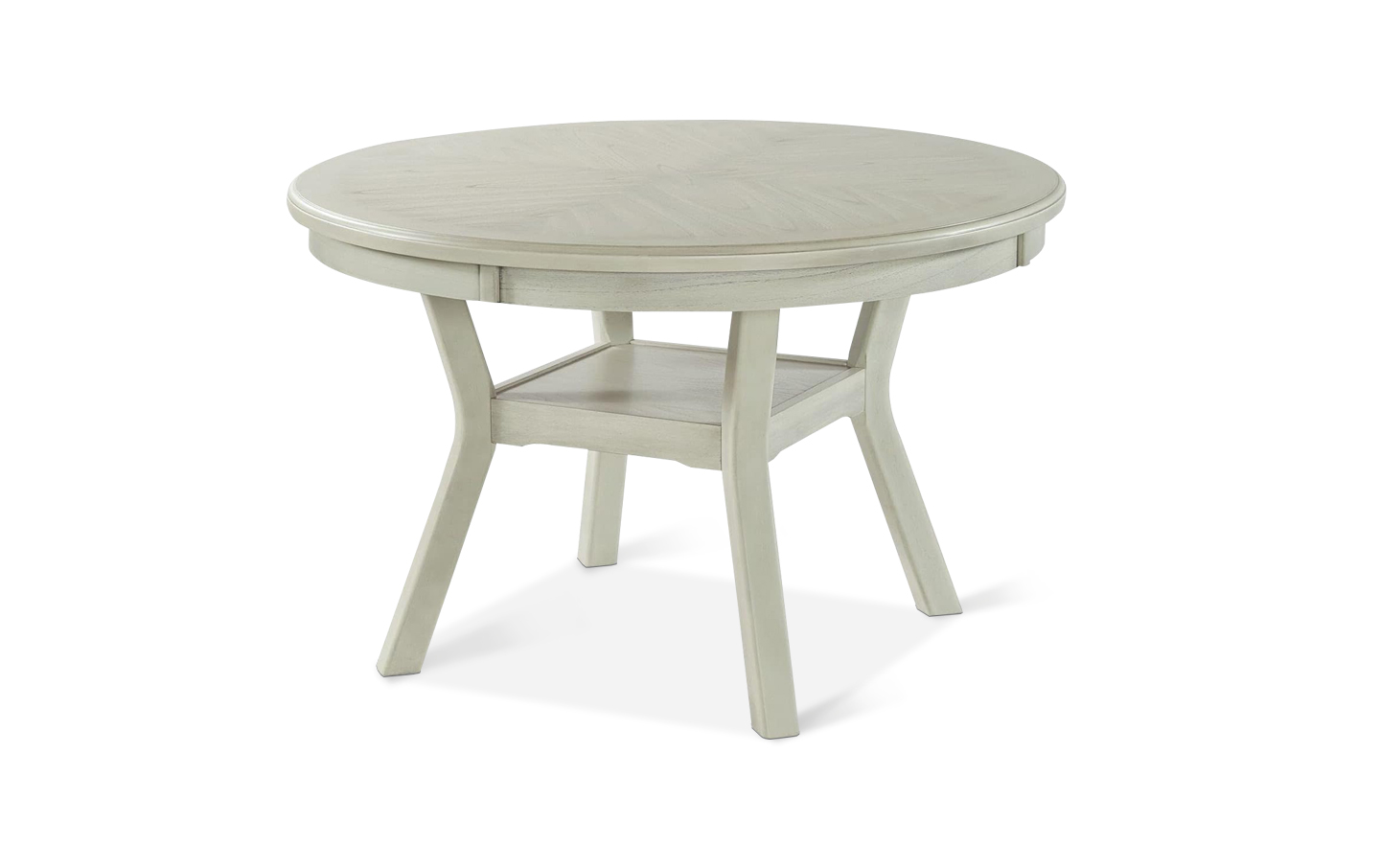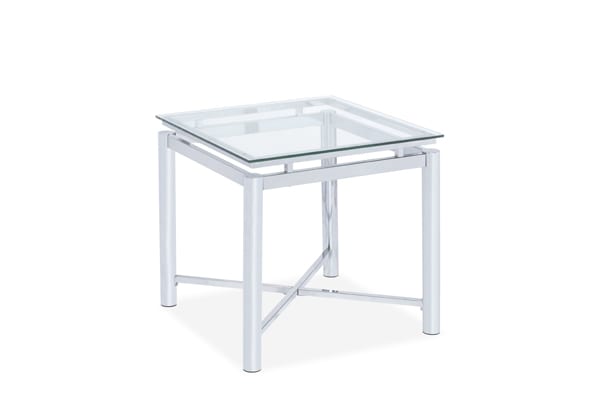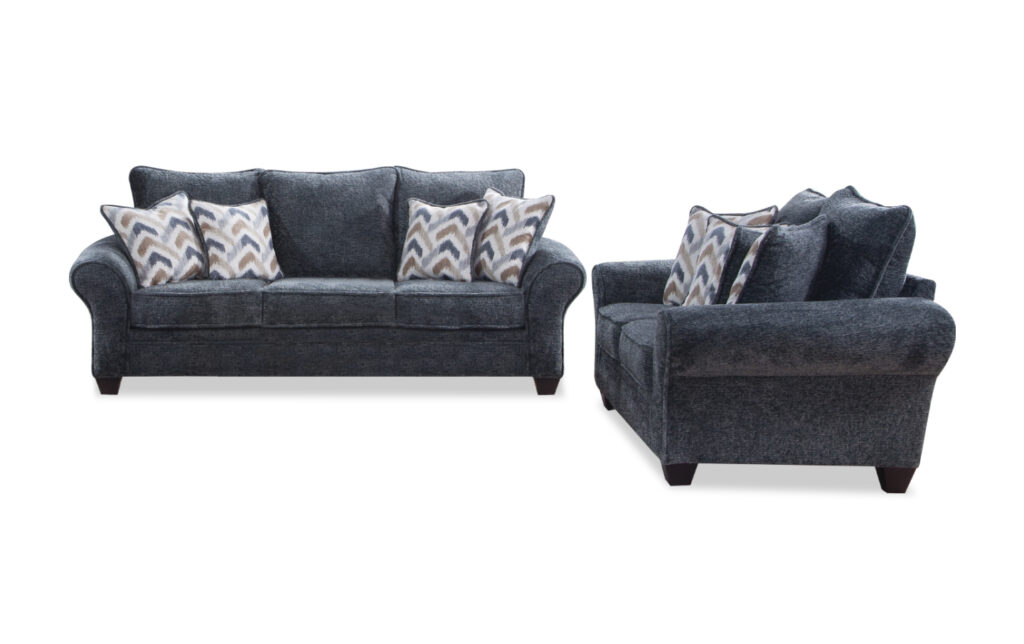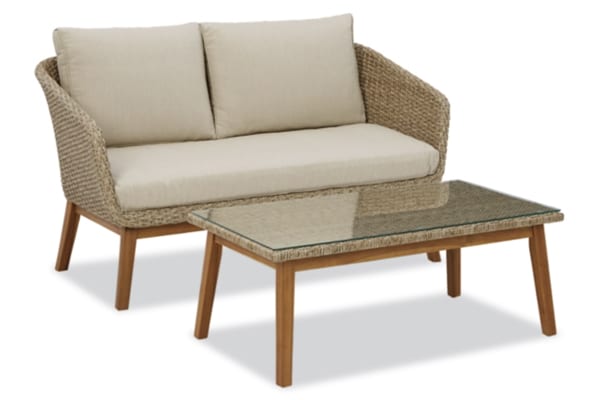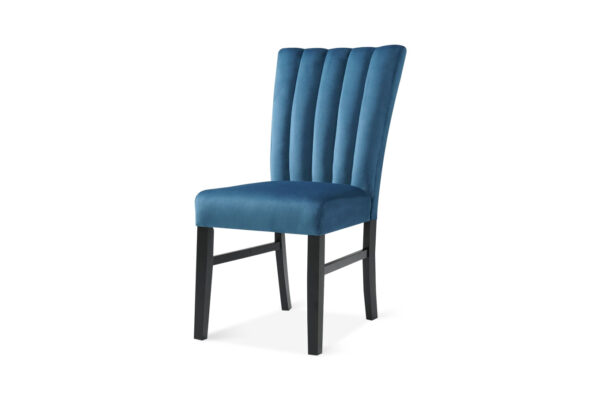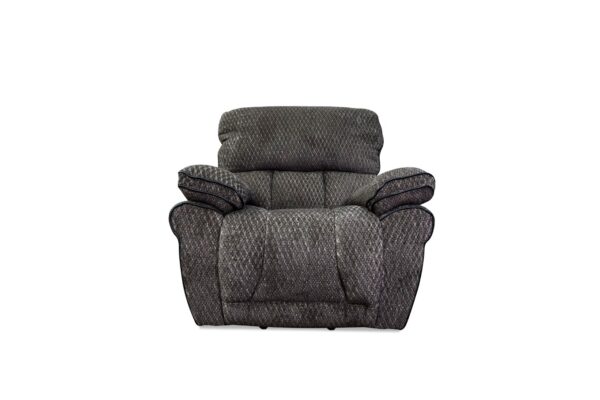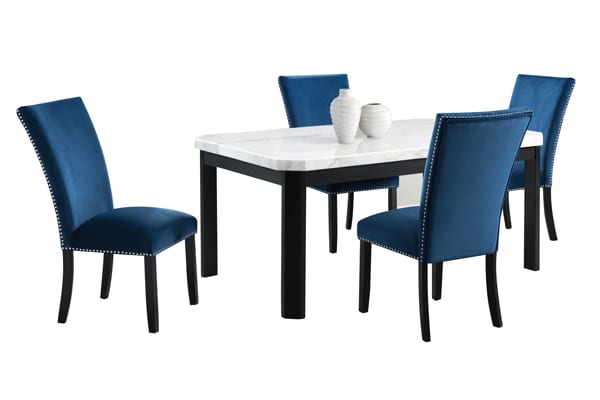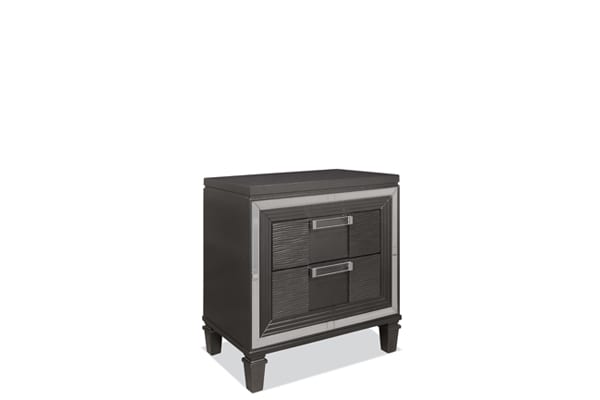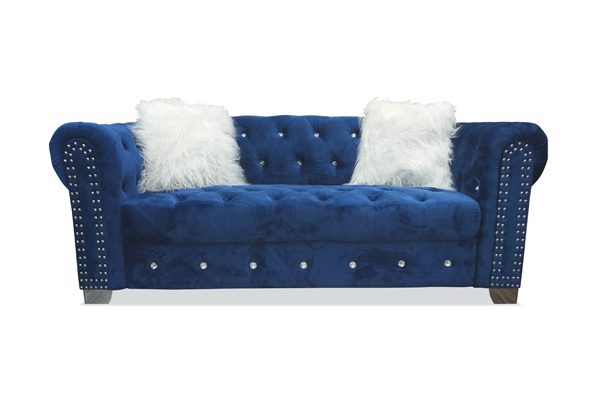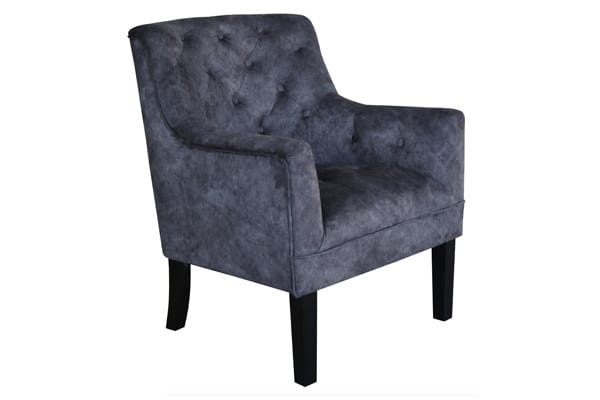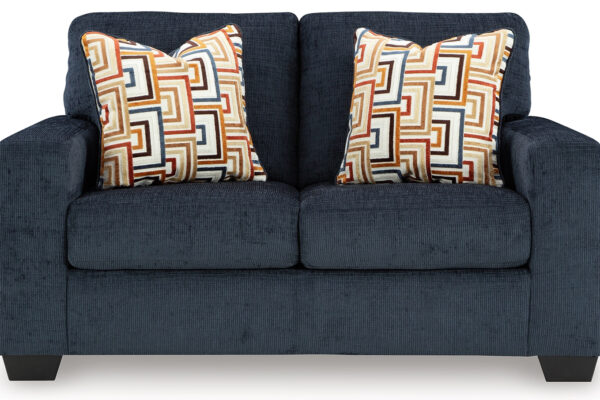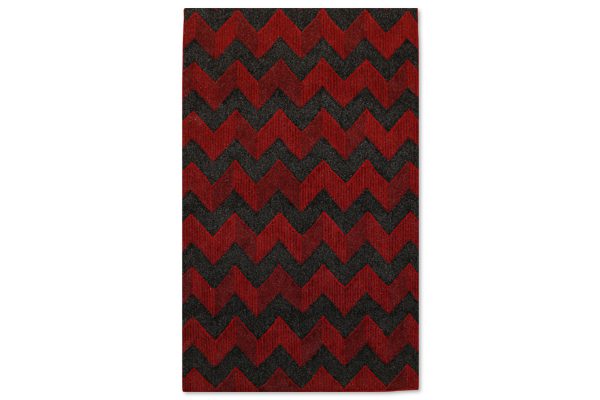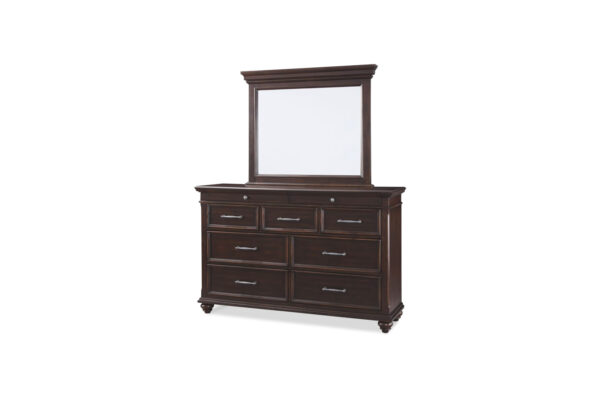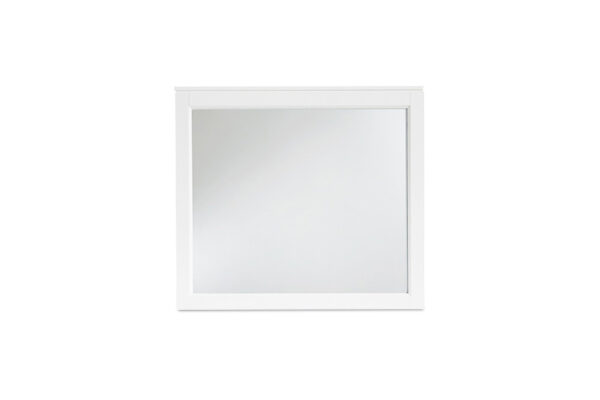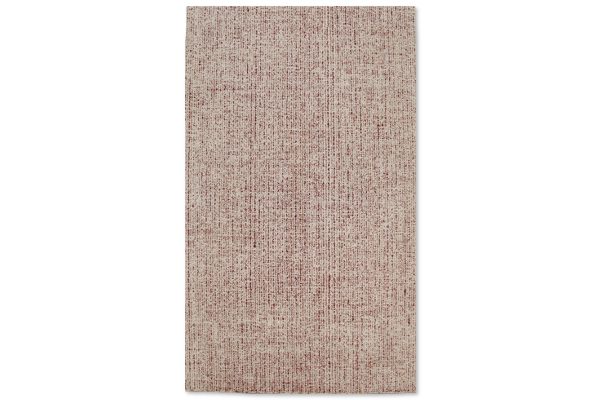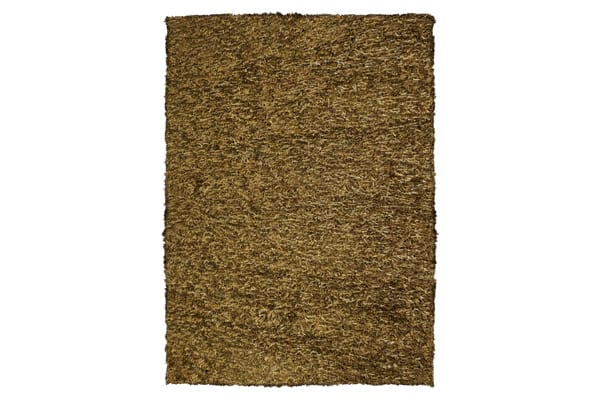How to Refresh Your Furniture with Spring Cleaning
Spring is the perfect time to embark on a thorough furniture cleanse. After months of bleak winter days, your home may feel stuffy and dusty. Moreover, winter, with its tendency for hibernation and procrastination, often leads to neglecting the appearance and integrity of your furniture. With the arrival of spring, symbolizing a fresh start, it’s time to rejuvenate your furniture and restore the energy in your home. Therefore, go through this spring furniture cleaning guide to uplift your surroundings and also enhance your mood and well-being.
Start with Dusting and Vacuuming
It’s essential to establish a regular or weekly spring furniture cleaning routine. To begin with, dusting and vacuuming your furniture is essential to eliminate loose dirt. Not only that, this is important for all types of furniture, whether it’s upholstered, plastic, wood, or metal. Grainy wood surfaces and textured upholstery, in particular, can easily accumulate dust and allergens, necessitating both regular and deep cleaning.
Dusting Wooden Surfaces:
Start by brushing off loose dirt from your wooden furniture with a microfiber cloth or a soft bristle brush. Next, for a deeper clean, dampen a cloth slightly with water and wipe down surfaces, edges, and crevices. Avoid excessive moisture, as it can damage wood. Instead, use a mild cleaner or a homemade solution for the best results. Moreover, it’s critical to use a lint-free cloth to prevent further damage.
Vacuum Upholstered Furniture:
Upholstery should be a priority during your spring furniture cleaning. Even if you regularly dust your sofas and use a lint roller for pet hair, vacuuming is vital. Over time, dirt, tiny particles, and body oils can work their way deep into the fabric’s fibers, leading to permanent stains and unpleasant odors. Thus, use a vacuum with an upholstery attachment to carefully clean your fabric furniture, such as sofas, chairs, and benches.
Additionally, if you have specialty fabrics like wool, velvet, or leather, consult the manufacturer’s guidelines or a professional before vacuuming.
Spot Treating Stains and Marks
Once you’ve dusted and vacuumed, then take a moment to inspect your furniture for any long-settled stains. Every day use can easily lead to stains and hideous marks from body oils, food, ink, and more. Therefore, it’s important to spot-treat these before proceeding with deeper spring furniture cleaning.
Identify Cleaning Codes:
Check your upholstered furniture for cleaning codes. If the code is “W”, a water-based solution is safe to use. If it’s “S”, use a dry-cleaning solvent and avoid water-based mixtures to prevent damage. A “WS” code allows for both options, while an “X” indicates that only vacuuming or dry brushing is acceptable.
Stain Treatment:
For general stains, create a mild cleaning solution using dish soap and warm water or mix equal parts white vinegar and water. For tougher stains, such as greasy stains, sprinkle baking soda or talcum powder and let it sit for 10 to 15 minutes. After removing powder, gently blot with a damp microfiber cloth.
- Pro Tip: When treating stains, always dab gently instead of rubbing to prevent spreading and damaging the fibers.
Deep Clean and Refresh Your Cushions
After a long winter, your cushions have likely absorbed dust, dirt, and allergens from regular usage. Spring is the ideal time to give them a thorough cleaning to refresh them. Indeed, it’s important to remove debris from your cushions and restore their shape to give them a new life for spring.
For Removable Covers:
- Check Care Instructions: Look at the label to see if they are machine washable.
- Pre-treat Stains: Use a mild detergent and warm water on any spots or stains.
- Wash: Place the covers in the washing machine with cold water and a gentle detergent.
- Deodorize: For stubborn and smelly stains, a mixture of baking soda and water can help.
- Dry and Fluff: Once washed, dry the covers and fluff the cushions using an upholstery vacuum attachment.
For Non-Removable Covers:
- Vacuum: Choose a soft brush attachment on your vacuum to eliminate dust and debris.
- Spot Clean: Treat any stains with a mild detergent and allow to air dry.
- Steam Clean (Optional): This can effectively lift deep-seated dirt and refresh your cushions. However, just ensure they dry completely afterward to prevent mold and mildew.
- Drying: Place the cushions in a well-ventilated area or directly under the sun for consistent drying.
Polish and Care for Wooden Furniture
Cleaning wooden furniture can be a meticulous task requiring attention to detail. Since, wood is sensitive to moisture and can easily be damaged, so it’s essential to clean it carefully. From swelling and mildew to staining and softening, moisture can pose significant risks to wooden furniture. Whether it is natural or engineered, spring furniture cleaning is essential to restore wood’s weathered or lustrous appeal.
- First, remove dust: Start with a dry cloth or feather duster to eliminate dust and debris.
- Second, dampen and clean: Use a damp microfiber towel for those hard-to-reach edges and crevices. A vinegar-water solution (1:1 ratio) can tackle stubborn grime, just be sure not to over-soak the wood.
- Next, dry thoroughly: Wipe down with a towel to avoid water damage. Alternatively, utilizing quick solutions like a blow dryer or a vacuum is also efficient.
- Finally, polish: Once dry, apply a high-quality wood polish to restore shine and protect the surface. Furthermore, this layer will guard against dust and allergens while rejuvenating the wooden furniture’s allure.
Keep Your Metal and Glass Items Shiny
Don’t overlook the importance of cleaning glass and metallic items. Especially, as the days become brighter, dust, scratches, and fingerprints become more noticeable on transparent and reflective surfaces. For Glass, metal, and mirrored furniture, use a water-based solution or a dry/paste solvent to eliminate grime and leave them shiny.
- Dust First: Start by using a microfiber towel or duster to remove loose dirt from glass tops, metallic frames, and mirrors.
- Clean Smudges: For fingerprints and stubborn spots, use a gentle spray cleaner designed for glass and mirror. Alternatively, you can also prepare a mixture of mild dish soap and lukewarm water in a spray bottle and use it for spring furniture cleaning.
- Regular Maintenance: Aim to clean these surfaces once or twice a week to keep them looking pristine. Moreover, ensure metallic items are rust-free; if you spot rust, gently scrub it with white vinegar or a vinegar-baking soda mixture. For outdoor metal furniture, consider sealing it with a protective finish to extend its life.
Extra Spring Furniture Cleaning Tips
Declutter and Organize Your Accessories and Decorations
Cleaning may be the cornerstone of revitalizing your furniture, but it alone cannot make your home lighter and tranquil. Thus, the foundation of a successful spring furniture cleaning session lies in decluttering and organizing your environment before deep cleaning.
Thus, take the time to declutter unused items, both big and small, for a lighter and spacious feeling in your home. Discard outdated magazines, junk mail, excess decorations, and mismatched items that no longer reflect your style or are usable. Additionally, even worn-out furniture accessories can detract from a fresh aesthetic, so keep an eye out for those as well.
Deodorize and Freshen Up Your Furniture
Cleaning your furniture thoroughly is just one part of reviving its freshness. To achieve even better results, you’ll need to deodorize and freshen your home from corner to corner. Remember, furniture absorbs odors from food, pets, smoke, and everyday living, which means it’s essential not only for your furniture to look clean but also to smell fresh.
Lingering odors can diminish the breezy feel of a clean space. To start, sprinkle baking soda generously over your upholstered and fabric items and let it sit for 15 minutes. For best results, for deeper odors, you can leave it for an hour before vacuuming to ensure all residue is removed. Baking soda is effective at absorbing odors without leaving harmful residues or damaging surfaces. For an added freshening touch, use fabric refresher sprays or a DIY mist for a delightful scent that lingers.



